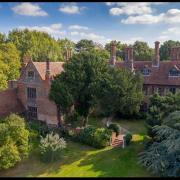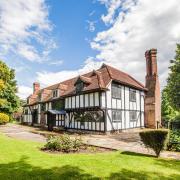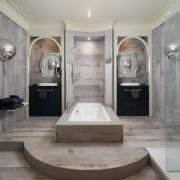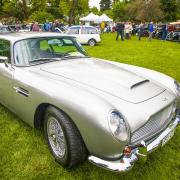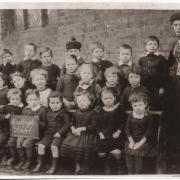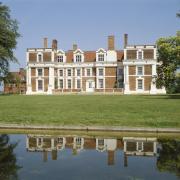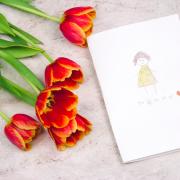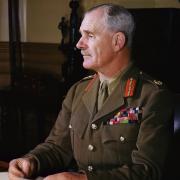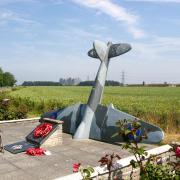For centuries, coronations have been one of the most significant events in British history, marking the moment when a new monarch takes the throne and assumes their duties as the head of state.
From King Edgar in 973AD, to Queen Elizabeth II in 1953, the pageantry, grandeur, and symbolism of these ceremonies have been a powerful reflection of the continuity and stability of the British monarchy. As we look back at UK coronations through the ages, we see a tradition steeped in history and pageantry.
The first recorded coronation in England took place in 973AD, when King Edgar was crowned at Bath Abbey. However, it wasn't until the coronation of William the Conqueror in 1066 that the ceremony became a grand spectacle. William's coronation took place in Westminster Abbey, where he was crowned by the Archbishop of Canterbury, marking the beginning of a new era in English history.

The coronation of Richard the Lionheart in 1189 was notable for grand processions, as well as for the public pardons that were granted to prisoners in honour of the occasion; marking how involved with coronations the general public have always been. One of British history’s more famous Kings, Henry VIII, was crowned in 1509, anointed with holy oil and received the sceptre and orb, symbolising his power and authority in a tradition that continues to this day.
In 1553, Queen Mary I's coronation was an extravagant affair, with a procession through the bustling streets of London that left onlookers in awe. The sword of state and the royal sceptre were presented amidst a sea of cheers and fanfare. However, the event was not without controversy, as Protestants voiced their concerns that Mary would use her power to bring back Catholicism to England.

Six years later, Queen Elizabeth I's coronation was equally impressive, featuring lavish processions and delectable banquets. It was a testament to the power and influence of the Queen, who had successfully navigated the treacherous waters of succession and come out on top.
Fast forward to 1603, and King James I's coronation marked the end of the Tudor dynasty and ushered in the Stuart era. It was a grand spectacle which used revolutionary new technologies: fireworks and gun salutes, as well as including the procession through the heart of London that had become an integral part of coronations.

Queen Victoria’s coronation in 1838 ushered in a period of political and economic stability that would last for much of the 19th century. It included the traditional procession through the streets of London, as well as the use of more new technologies: the telegraph and steam engines, showing that coronations are a wonderful opportunity to reflect on the societal and technological changes that have occurred between each monarch’s reign.
Queen Elizabeth II's coronation in June 1953 reflected the nation's sense of continuity and tradition, as well as its optimism and confidence in the future. The ceremony was a powerful symbol of Britain's role in the world and helped to reinforce the country's image as a stable and prosperous nation. It was the first to be televised, with millions of people tuning in to watch the spectacle from their living rooms.
READ MORE: How the Queen’s coronation lifted the nation after WWII
Queen Elizabeth was crowned at Westminster Abbey, acceding to the throne at the age of 25. The one-day ceremony took 14 months of preparation and was estimated to have cost £1.57million. The ceremony began with the customary procession through the streets of London; Queen Elizabeth travelled in the golden state coach - pulled by eight horses. The coronation ceremony itself lasted for almost three hours and was conducted by the Archbishop of Canterbury. Queen Elizabeth was anointed with holy oil and received the symbols of her office, including the orb, sceptre, and crown.

The crown jewels are an integral part of every coronation. The Imperial State Crown, worn by Queen Elizabeth II, is adorned with over 3,000 precious stones, including the famous Cullinan II diamond. The St. Edward's Crown, made in 1661, was used for the actual coronation, weighing over four pounds and containing 444 precious stones. During the ceremony, the new monarch took a solemn oath to uphold the laws of the realm and to govern her people with justice and mercy.
Coronations through the ages have been hallmarks of British history and tradition, reflecting the nation's sense of continuity and stability, as well as its willingness to embrace change and progress. From the earliest ceremonies to the present day, they have showcased the majesty and grandeur of the monarchy, while also serving as an important reminder of the responsibilities that come with power and privilege.
As the country prepares for the upcoming coronation of King Charles III on Saturday, May 6th, it is worth reflecting on the rich history and symbolism of these ceremonies, and on the role they play in shaping the identity and character of the British monarchy.








